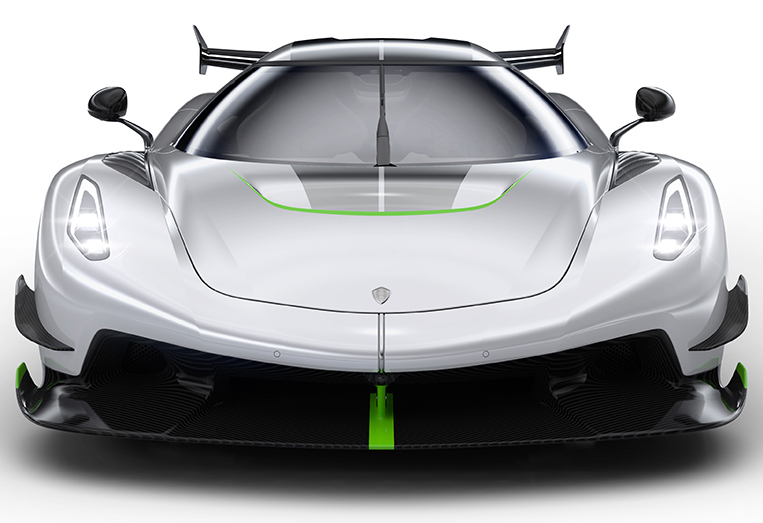
Christian von Koenigsegg, founder and CEO of Koenigsegg Automotive AB, surely knows how to stay on top of the ultra-exotic hypercar-making business. After smoking the Bugatti Chiron’s 0-400-0km/h record with the Agera RS in a mere 36.44 seconds back in October 2017, we knew the company’s engineering madness wasn’t just going to end there.
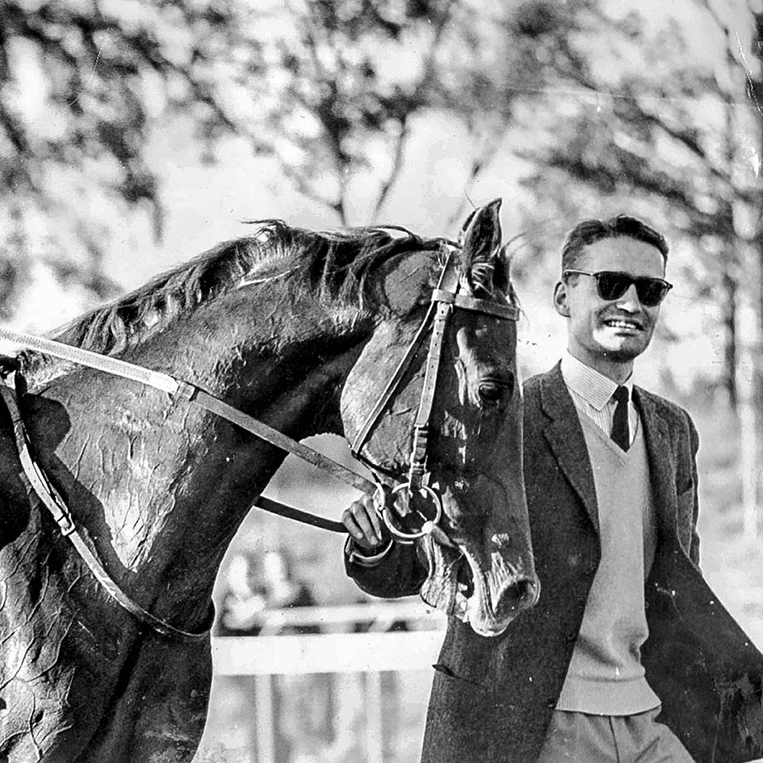
At the ongoing Geneva Motor Show, Koenigsegg has pulled the covers off its latest alpha beast, the Jesko. Named after Christian’s father, the Jesko, which officially replaces the Agera RS, boasts performance that would make the typical supercar look like a taxicab. And that’s why the firm is calling this masterpiece a “megacar” and not just a hypercar.
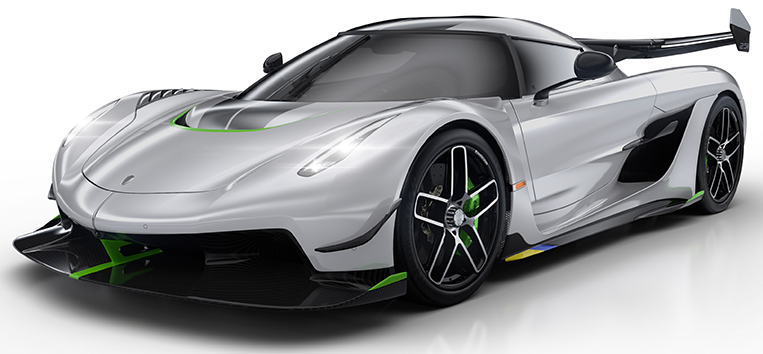
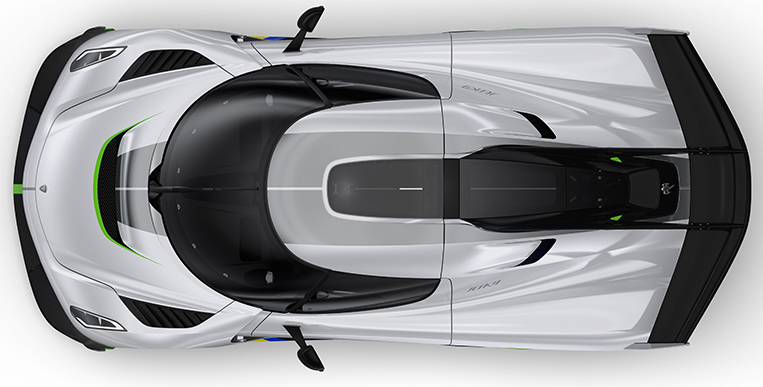
Take this: Propelled by a redesigned 5.0-liter twin-turbo V8 engine with the world’s lightest crankshaft as well as large high-pressure air-injected turbochargers to eliminate lag, the Jesko churns out 1,280hp on regular gasoline. With the car’s flex-fuel sensor, the driver can switch to E85 biofuel to increase output all the way up to a mind-blowing 1,600hp. The nine-speed Light Speed Transmission (LST) indicates that power delivery to the asphalt is exactly what the gearbox’s name suggests. The in-house-developed LST is a revolutionary lightweight wet-clutch gearbox that eliminates the use of synchro rings and allows you to downshift or upshift (with paddle shifters or a manual-style lever) to any of its nine gears faster than you can blink, without over- or under-revving. This gives the driver instantaneous power on demand.

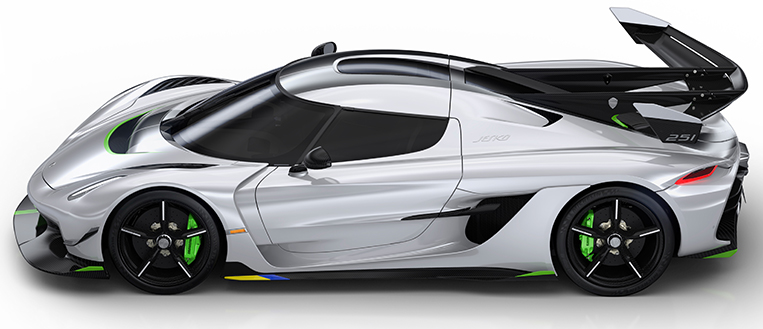
With a light curb weight of 1,420kg—including the largest but also lightest carbon-fiber wheels on a Koenigsegg (20 inches at the front and 21 inches at the rear)—the Jesko utilizes a superior active aerodynamics package that has a huge active double-profile rear wing to keep the vehicle planted even at the highest speeds. The aero wizardry delivers up to a claimed one ton of downforce at 275km/h (a staggering 40% more than the Agera RS). Combined with the proprietary active Triplex damper system and an F1-like suspension, it makes possible a wide margin of damping and height adjustment. This keeps the car’s traction optimized under different aerodynamic loads, enabling it to confidently unleash all its fury on the tarmac without taking off into the stratosphere.
With the car’s flex-fuel sensor, the driver can switch to E85 biofuel to increase output all the way up to a mind-blowing 1,600hp
To increase handling sharpness, a new adaptive and active rear-wheel steering system has been incorporated. This allows up to 3° turns in either direction. The Jesko’s agility and stability are complemented by structural rigidity thanks to its new carbon-fiber monocoque chassis. This new chassis also means the car is longer (+40mm) and taller (+22mm) than the Agera RS. According to Christian, the Jesko has a roof that has been screwed onto the body for maintaining stiffness and can be easily removed if the owner wishes to go with a roadster look.
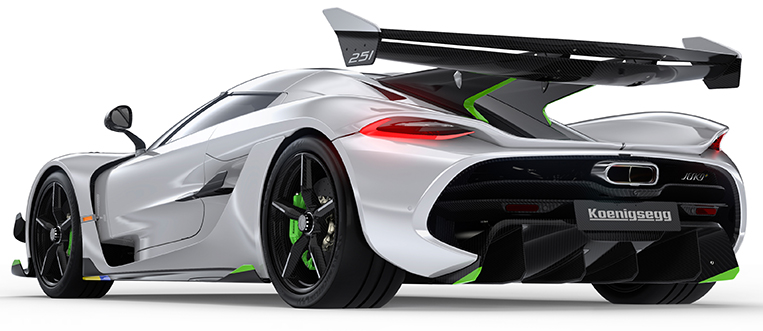
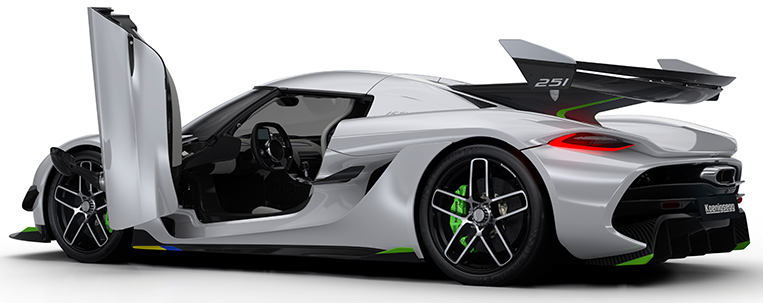
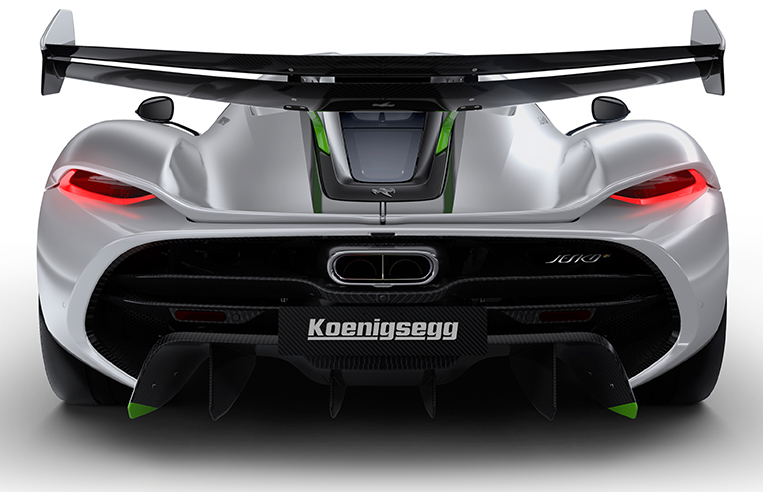
Inside, Koenigsegg has created a very driver-centric cockpit equipped with sophisticated gadgetry all within easy reach. A new steering wheel called SmartWheel is equipped with two small touchscreens with haptic controls for convenient access to vehicle functions and driver controls. A five-inch SmartCluster racing-oriented digital dashboard is mounted onto the steering wheel and follows the wheel as it turns. Meanwhile, the SmartCenter nine-inch central display gives the driver all necessary information, including access to onboard entertainment and comfort adjustments, plus a bird’s-eye view parking assist feature. These onboard tech systems can be updated over-the-air via Koenigsegg’s cloud service.
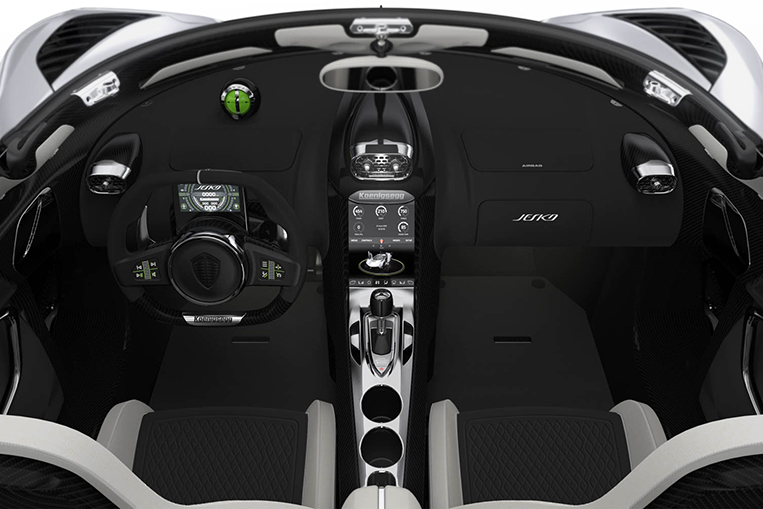
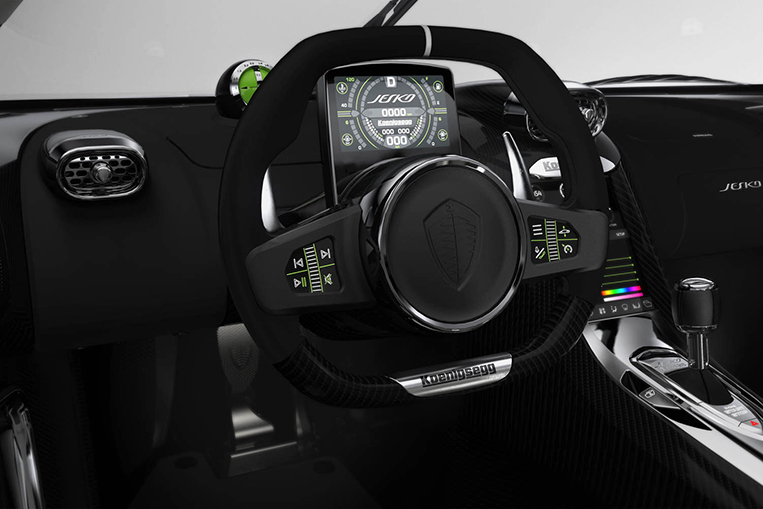
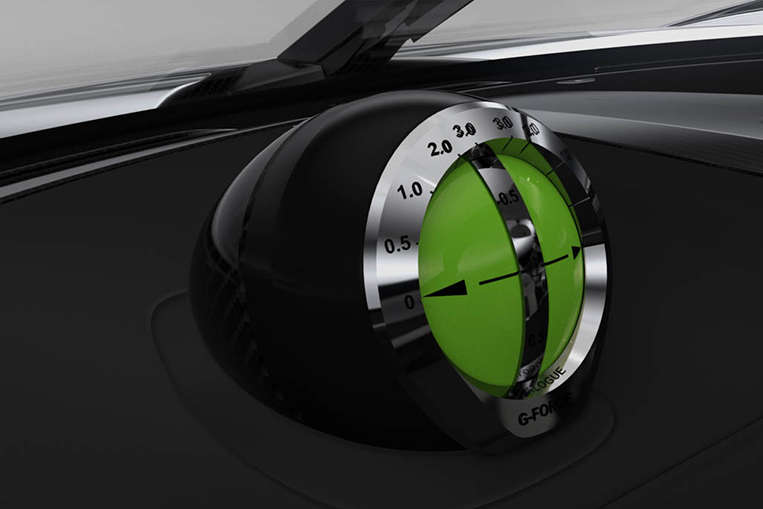
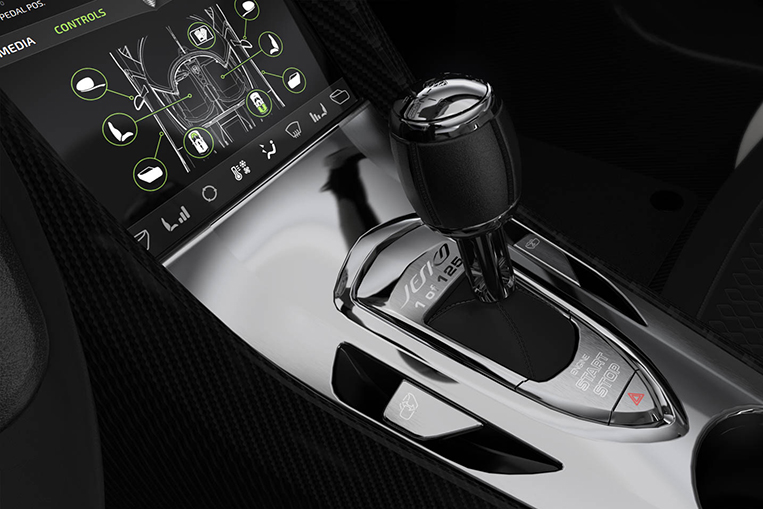
Christian takes pride in his team’s ability to pair grand tourer comfort and safety with the Jesko’s track-focused design. Among the improvements are easier ingress and egress in which the dihedral synchro-helix doors open at a better angle for the occupants. The utilization of Koenigsegg’s Autoskin technology (designed initially for active aerodynamics and chassis leveling) lets the smart key holder remotely open doors and other parts of the vehicle with the help of miniature hydraulics and electronics. Despite being a track-oriented machine, the Jesko has been homologated for worldwide use. This includes premium safety features/equipment and an emissions system that will be globally compliant until 2026. Yes, it is a road-legal megacar. With over 80 units already reserved out of the 125 pieces being made, it won’t be long until the limited production run is spoken for.
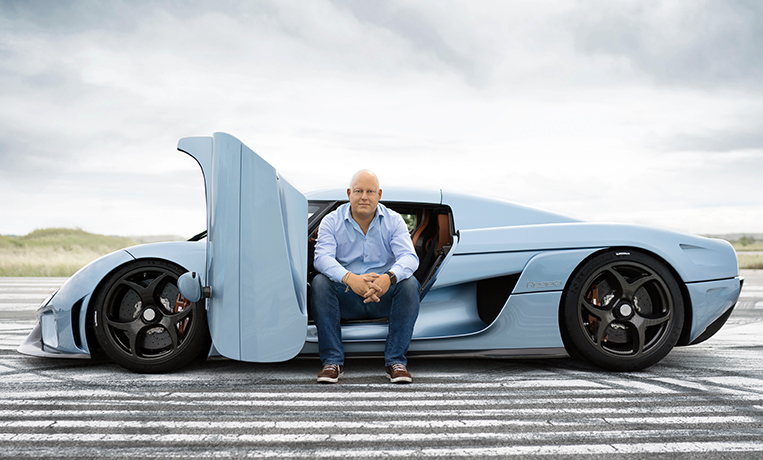
During the unveiling program for the Jesko, Christian mentioned a speed-focused sister in the pipeline. Called the Jesko 300, the car is said to be capable of hitting 300mph (483km/h). Once the Jesko 300 is out, we’re pretty sure that Koenigsegg will “walk the talk” soon after. We wish to see that machine set a new top-speed record for a production car at the Bonneville Salt Flats in Utah.
Koenigsegg’s formula of innovative performance design, its use of the lightest and strongest components known in the automobile world, and its breakthrough engineering push the company into the next realm of megacar production. What’s next for the brand? Will it eventually build a purely electric beast? We can’t wait to find out.



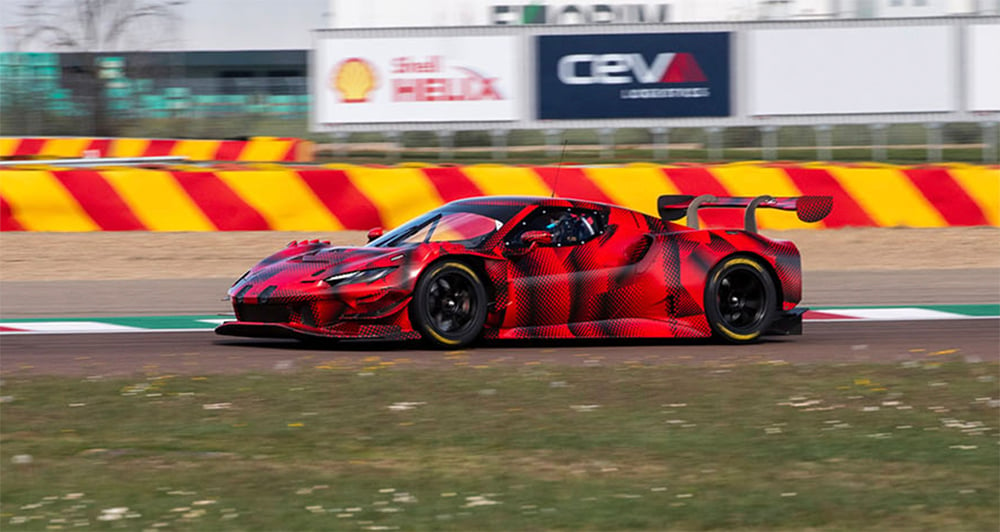
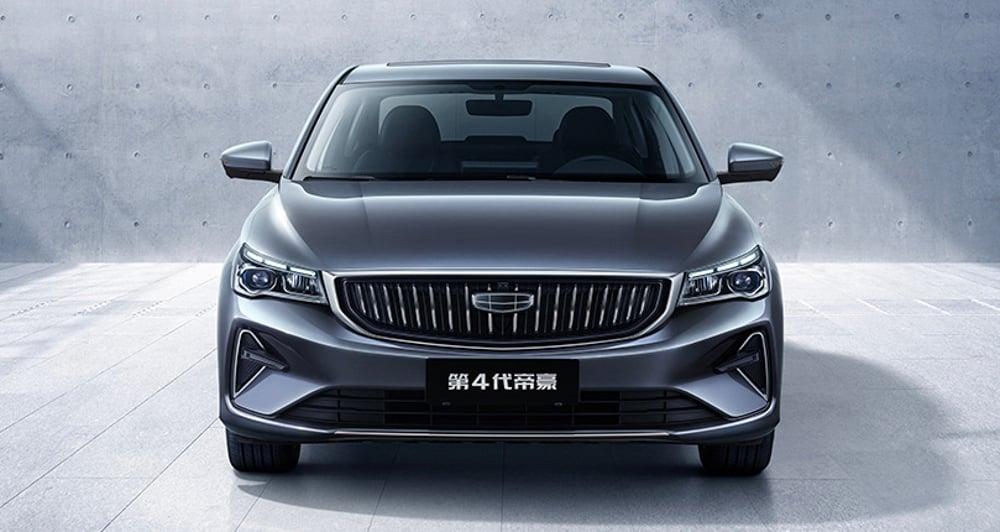
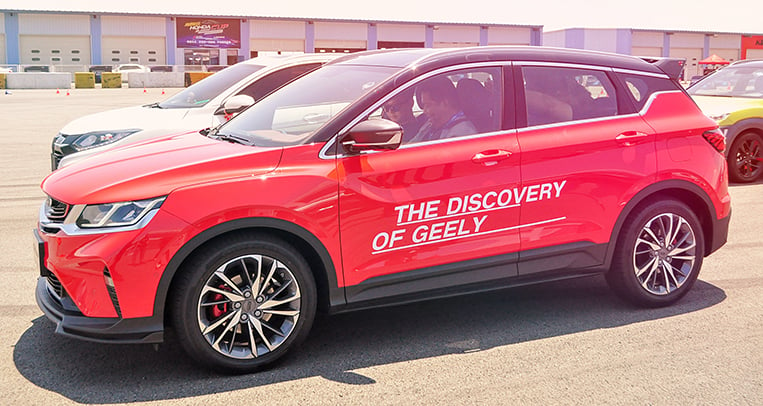
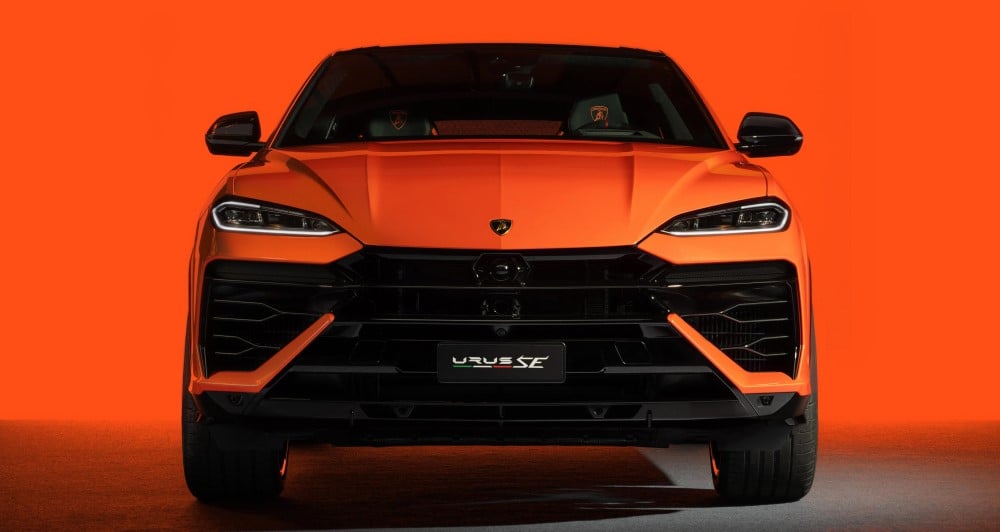
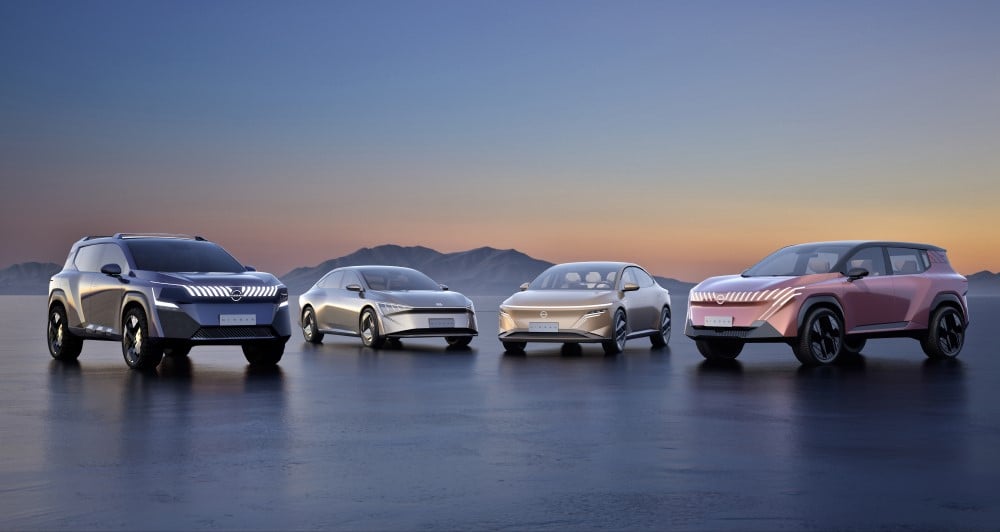
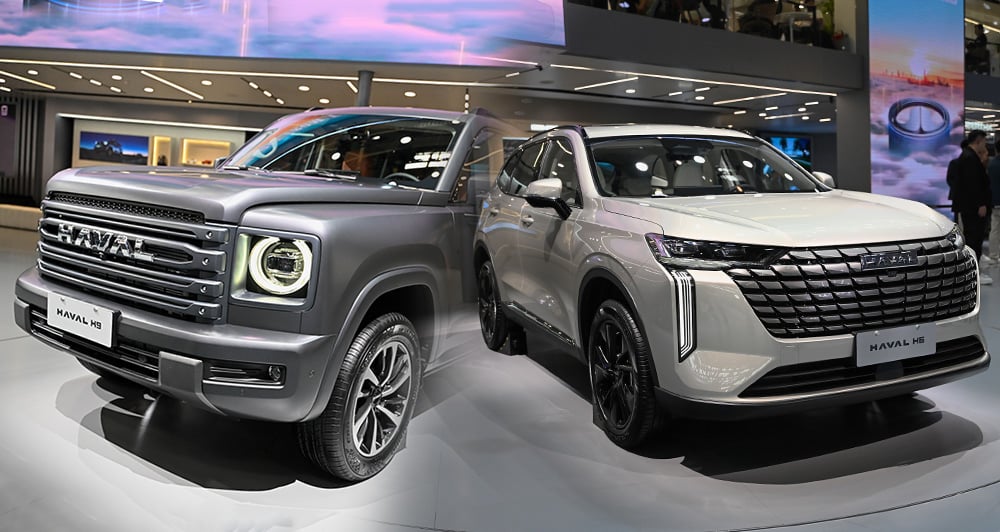


Comments